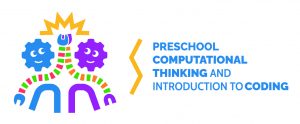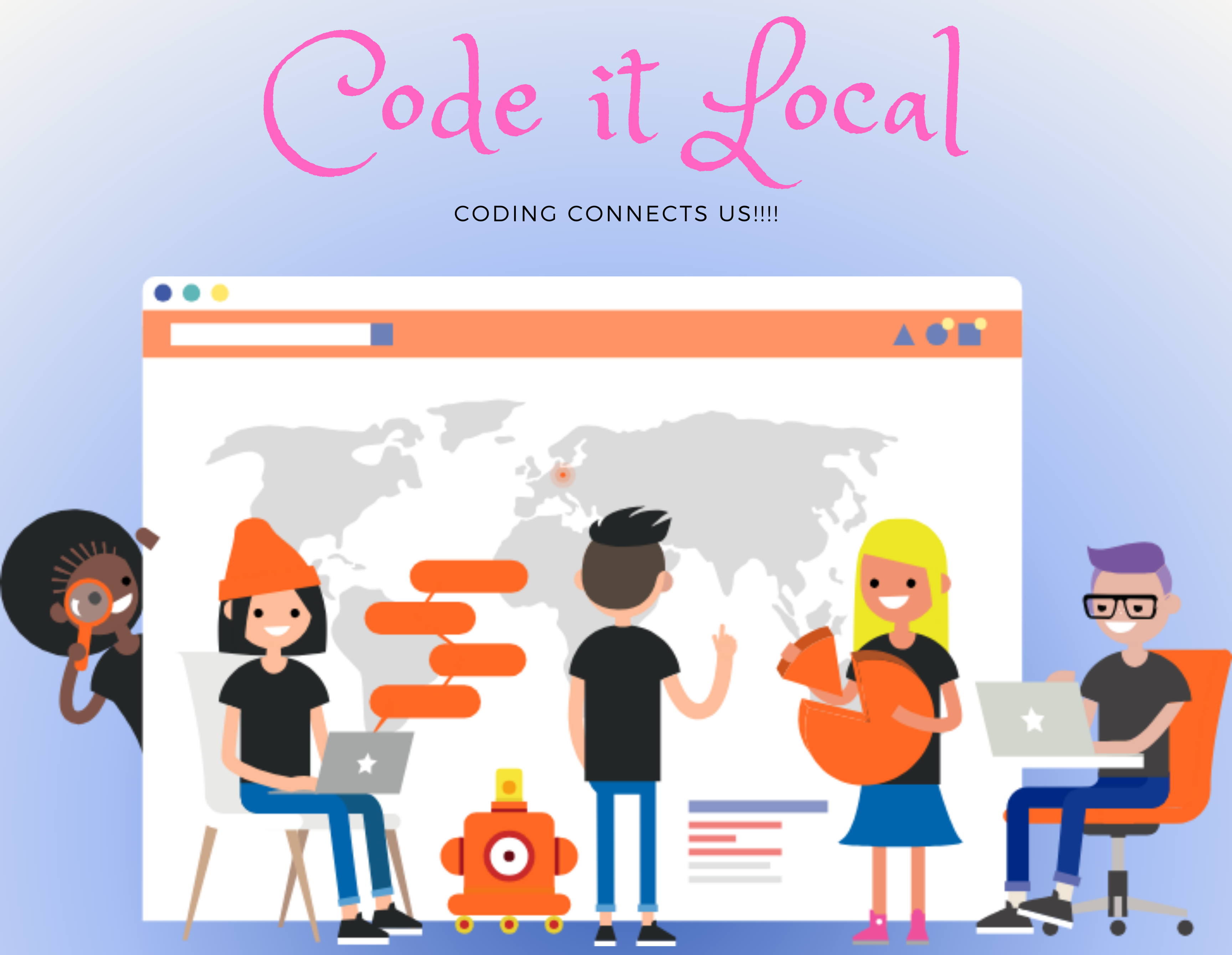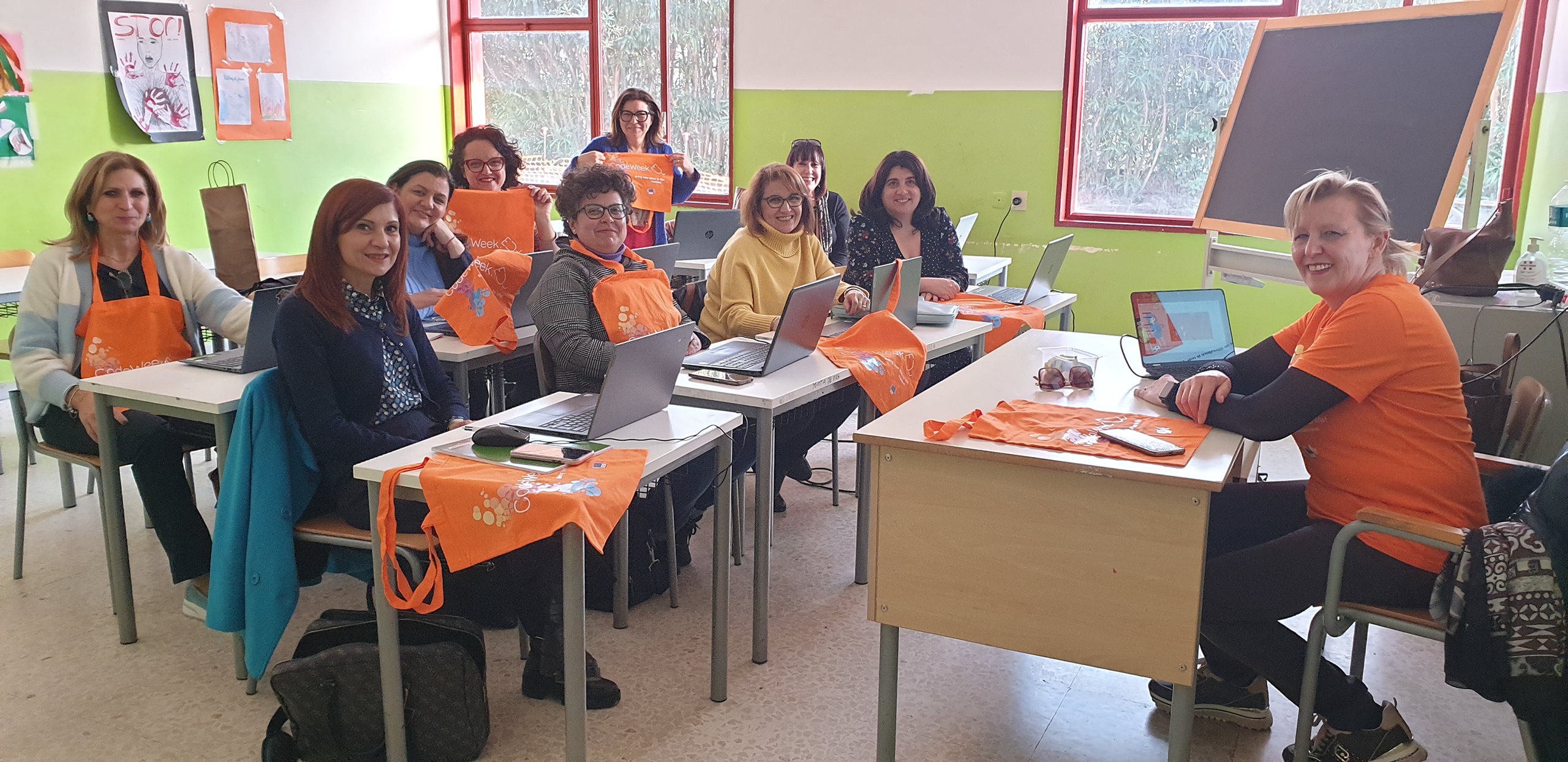Exploring the World of Robotics: A Beneficial Tool for Autistic Children in Kindregarten
Publication date: October 11, 2023
In the dynamic world of education, the inclusion of technology has been transformative, especially in catering to the diverse needs of students. One remarkable innovation that has gained attention is the use of robotics in early childhood education. For children on the autism spectrum, this simple robotics can be an invaluable tool in enhancing their learning experiences and development. Through my work, I have explored the role of robotics in a kindergarten group with 5 autistic children and how robotics can support autistic children. Everything was done as part of the Erasmus+ project titled ‘’Preschool Computational Thinking and Introduction to Coding’’, led by the association ‘’Neki novi klinci’’ from Zagreb.

Autism Spectrum Disorder is a neurodevelopmental condition characterized by challenges in social interaction, communication, and repetitive behaviours. Autistic children have unique learning styles and sensory sensitivities that require individualized approaches in education.
The Role of Robotics in Kindergarten Education
Robotics is an engaging and interactive way to introduce technology into kindergarten groups. By using simple robotics, educators can create inclusive learning environments that cater to the needs of all children.
Here are several ways in which robotics can benefit kindergarten children on the spectrum:
Enhanced Engagement: Robotics captivate children’s attention through their interactive nature. For autistic children who may struggle with maintaining focus, robots can serve as a powerful tool to engage their interest in learning.
Structured Learning: Robots can provide a structured and predictable learning environment, which can be comforting for autistic children. These children often thrive when they know what to expect, making robots a valuable addition to the group.
Social Interaction: Children on the autism spectrum often find social interactions challenging, but robots can serve as non-judgmental, predictable partners that help them develop essential social skills. A robot moves the way you want it to move.
Customizable Learning: Robotics programs can be tailored to suit each child’s needs. Educators can adjust the difficulty level and pace of activities, ensuring that children on the spectrum receive personalized learning experiences.
Multi-Sensory Learning: Robots can engage multiple senses simultaneously, making learning a holistic experience. This approach can benefit autistic children who often process information differently from their peers.

Practical Applications
Now, let’s go into some practical examples of how simple robotics can be used in kindergarten groups to support autistic children:
Communication and Language Skills: Simple robots with speech capabilities can assist in communication therapy sessions.
Social Skill Development: Robotics can be used to teach and practice turn-taking, sharing, and cooperation. Children can interact with their peers during the robotic activities, gradually building social skills in a controlled setting.
Math and Logic: Simple coding robots, like Cubetto robots, can introduce basic math and logical thinking concepts. These activities can be adapted to suit the child’s developmental level and abilities.
Fine Motor Skills: Cubetto also requires children to manipulate small objects, enhancing their fine motor skills. This can be particularly beneficial for autistic children who may have fine motor challenges.
Challenges and Considerations
While the integration of robotics into kindergarten groups for autistic children offers numerous benefits, there are also some challenges and considerations to keep in mind:
Individualized Approaches: Children on the autism spectrum have unique needs and preferences. Educators must tailor their robotics programs to accommodate these differences.
Sensory Sensitivities: Some autistic children may have sensory sensitivities. Educators should choose robots and activities that consider these sensitivities to avoid overstimulation.
Training and Support: Educators may require additional training to effectively use robotics in their classrooms. Ongoing support and professional development are essential.

Introducing simple robotics into kindergarten classrooms and autistic children can be a game-changer in their educational journey. These robots provide a unique and engaging way to address individual learning needs, enhance social interaction, and promote skill development. As technology continues to advance, the possibilities for integrating robotics into education are boundless, and educators are well-positioned to harness the potential of these tools to create inclusive and enriching learning environments for all children.
Author: Josipa Blažević, Master of Educational Rehabilitation, Zagreb, Croatia



